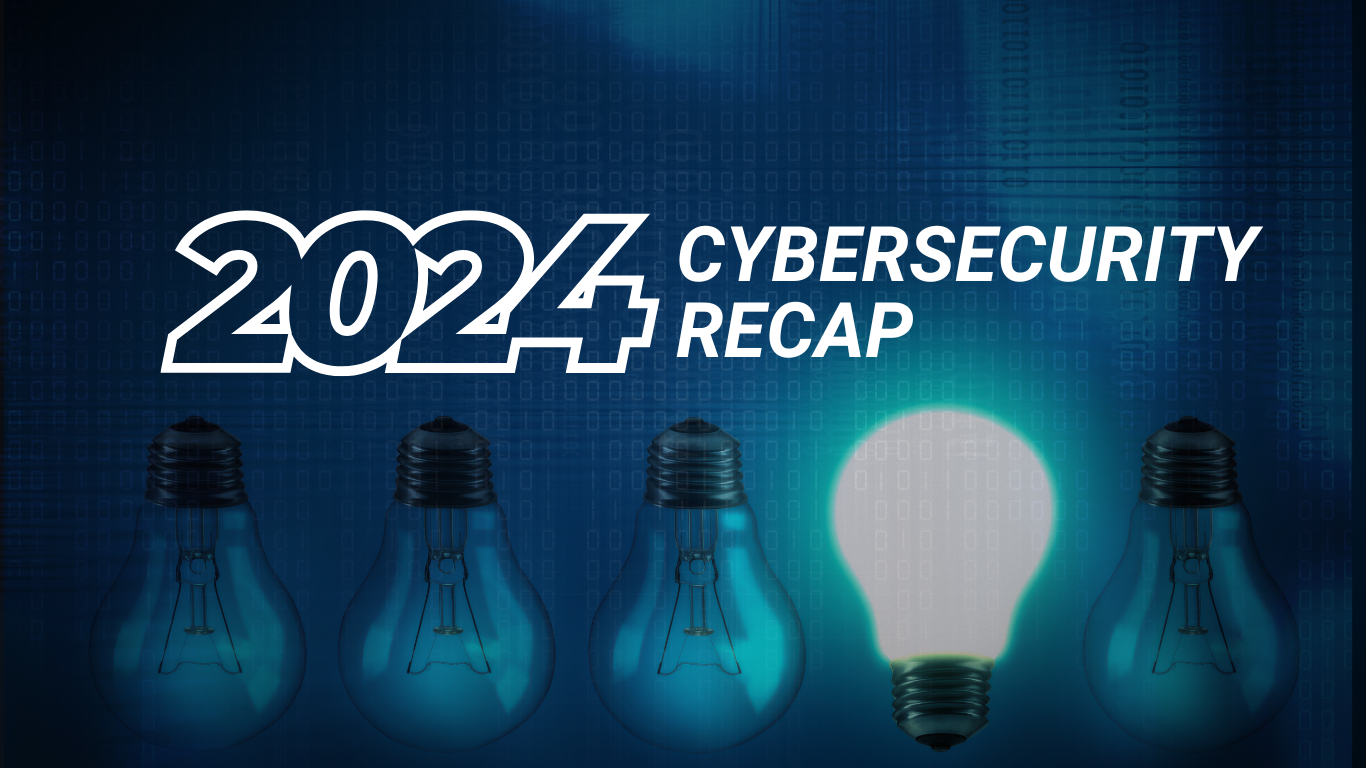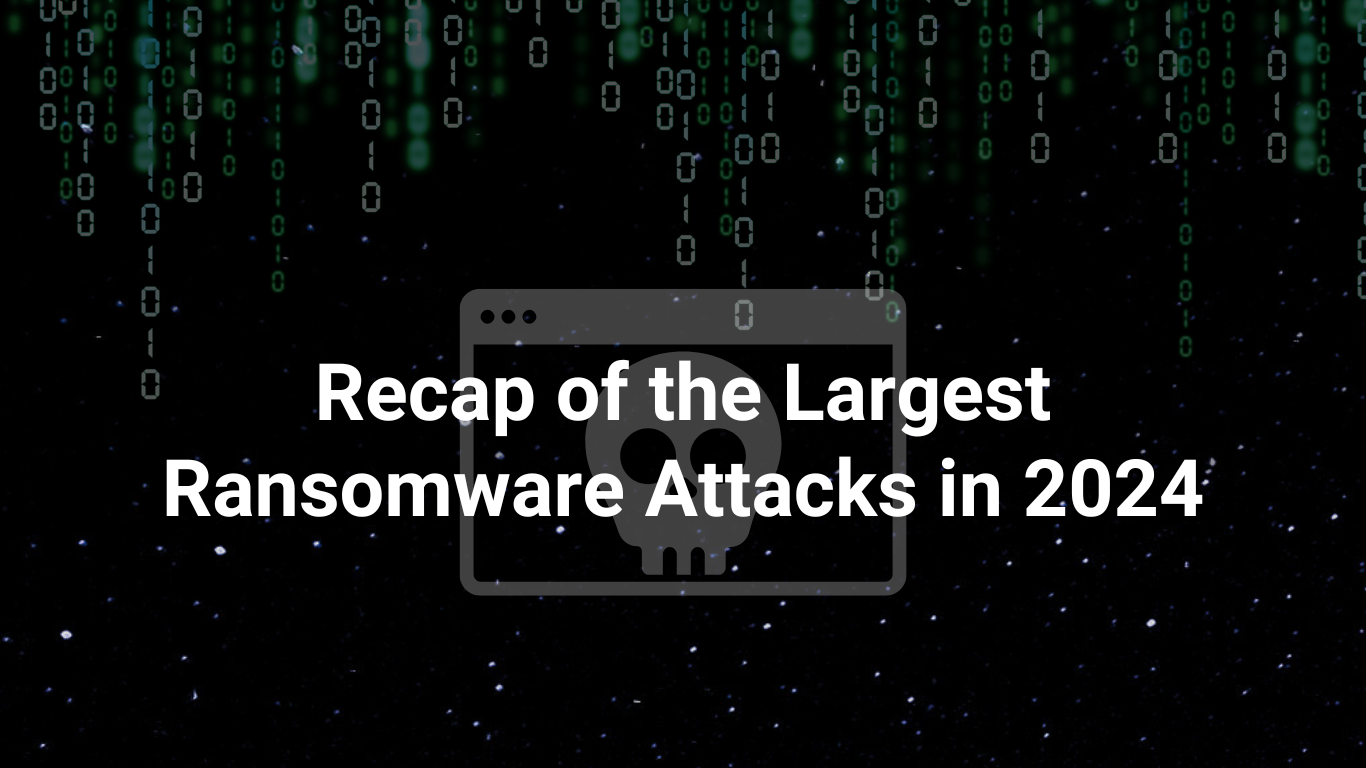Cybersecurity Responsibilities in Risk Management
Gartner defines IT risk as “the potential for an unplanned, negative business outcome involving the failure or misuse of IT.”
Identifying risks is crucial in managing organizational security, given the increasing complexity of IT systems, regulations, and challenges like ransomware attacks, denial-of-service, and account takeover. These potential threats affect every sector globally, and the risk from these cybersecurity threats and others continuously change.
ForeNova, a global managed security service provider, helps clients adjust their risk tolerance to become more agile by deploying the correct cybersecurity protection layers.
Are you planning your new risk management strategy to incorporate additional cybersecurity?
Click here to schedule an initial consultation with the ForeNova team to discuss your cyber risk management strategy.
Introduction to Cybersecurity in Risk Management
Cybersecurity risk management is no longer an isolated department within an organization. Risk management extends across all departments and personnel while acknowledging that risk will always exist within the organization.
Every department, including product development, human capital management, finance, and executive leadership, has a critical role in risk management by helping to protect its attack surface.
Adding new or updated compliance regulations in the European Union (EU) and other parts of the world increases risk to business operations and corporate data and stresses security teams. Organizations must consider adopting a proven framework to align with their business and compliance objectives.
Key Responsibilities in Choosing The Correct Cybersecurity Risk Management Framework.
Organizations recognizing the cyber threats adopt cybersecurity practices to support risk management strategies. The board of directors must commit to these investments in cybersecurity along with following cyber regulations and to support their risk management framework.
Understanding the Importance of ENISA For Cybersecurity and Risk.
“Cybersecurity regulations are constantly developing to address the increase in cyber attacks, with proposals like EU NIS 2.0, EU DORA, the EU’s Cyber Resilience Act, and U.S. DFARS regulation.”
- The ENISA framework is essential for maintaining cybersecurity and fostering a safe digital space. It provides a basis for setting cybersecurity standards and guidelines applicable to different sectors and industries.
- The ENISA framework tackles the changing cybersecurity challenges through a holistic approach to managing risks and implementing cybersecurity measures. It includes certification programs, market assessments, building capacity, and enhancing cybersecurity skills.
- The ENISA framework helps make cyberspace safer and boosts the cybersecurity market by setting standards and promoting compliance.
Identifying Risks Through Risk Management/Risk Assessment Framework.
“The EU agency’s Risk Management/Risk Assessment (RM/RA) Framework is an essential overview of relevant content in corresponding literature regarding Europe’s cyber threat landscape.”
ENISA continues to focus on SMEs in Europe, specifically on risk assessment topics such as privacy risk management methods, including an assessment of personal data breaches. ENISA’s guidance provides informational support rather than mandatory compliance.
The RM/RA framework aligns with the following risk, IT, and cybersecurity standards EU members should adopt:
- ISO 13335 – IT security best practices.
- BS 25999 – Business continuity management
- ISO/15443 – IT security best practices for cybersecurity assurances
- ISO/17999 – IT security for code development and management
- ISO/18028 – IT security for network security.
- ISO/15816 – IT security for access control.
- ISO/18045 – IT security for assessment and control evaluations.
Implementing Security Measures
Staying ahead of the risk now is more about adopting an agility-based strategy, not just enabling protection controls to meet compliance and cyber insurance mandates. Moving to the agility strategy model is essential for organizations to migrate towards a proactive security and compliance posture. Managing risk using tactical responses and inefficient scoring tools combined with a lack of security engineering talent within the organizations often leads to fines or loss of customers.
Artificial intelligence (AI) and machine learning (ML) tools help move their organization to an agility-based model. More security vendors continue to embed AI and ML into their tools to help analyze cyberattacks and provide a level of risk scoring to help the organization prioritize response, understand the cost impact, and remediate to prevent other potential attacks.
Extending monitoring, incident response, and reporting of cyber incidents is critical for SMEs to meet regulations and compliance mandates. Failure to monitor and stop security breaches increases the organization’s risk.
Monitoring and Responding to Threats
The risk of compromise grows as SMEs grow their digital footprint across hybrid cloud environments, SaaS-based applications, and third-party hosted storage depositories.
“2,289,599,662 known recorded breaches so far in 556 publicly disclosed incidents within the EU in 2024.”
The number of reported security breaches in 2024 within the EU reporting contributed significantly to the overall global number.
Source: Data Breaches and Cyber Attacks in 2024 in Europe.
Based on these reported incidents, the percentage of EU organizations that responded to security events also grew in 2024. Close to 60% of EU firms immediately responded to these attacks.
Source: Data Breaches and Cyber Attacks in 2024 in Europe.
What is the risk to the remaining 40% of SMEs that didn’t take immediate action?
Monitoring of all security protection layers within an SME or large EU organization requires considering financial resources for a proper incident response plan, a fully staffed security operations center (SecOps), and ongoing monitoring.
Before deploying security measures, organizations need to account for the solution’s cost, ensure they have access to qualified engineers to manage these capabilities and develop a relationship with an MSSP to help augment monitoring and incident response.
However, without a fully staffed SecOps team or a partnership with a managed security service provider (MSSP), most organizations will continue to experience more security breaches than they can handle.
Training and Awareness To Drive a Risk Management Culture
Security awareness (SA) training and cybersecurity attack simulations continue to help SMEs lower risk and service disruptions. Investing in SA allows employees, contractors, and business partners to understand the growing risk of next-generation attacks, including AI-powered email phishing, identity theft, impersonation, and insider threats. SA content helps users make informed decisions when faced with a security breach event.
Creating a proactive cybersecurity culture starts with creating a comprehensive team that includes every member who becomes part of the risk reduction strategy. SA is critical in educating, informing, and engaging in a two-way relationship between the users and the SecOps teams.
An excellent example of raising email security awareness is a gold mine in lowering risk and reducing human error. 91% of all cybersecurity breaches occur through the email channel. SA training, including identifying an email phishing attack, malicious links embedded in the message, or someone using social engineering attempts to connect with you on social media, all help reduce the risk to the organization while improving its cybersecurity posture.
Fact: Fewer people clicking on malicious links prevents ransomware attacks. Fewer people reporting suspected phishing messages lowers the risk. Fewer people reply to suspected fraud email attacks or block unsolicited social media connections, reducing risk.
Compliance and Legal Responsibilities
Like larger firms in the EU, SMEs have several compliance and legal responsibilities for protecting customer, employee, and business partner data. Here is a list of the essential compliance mandates for German firms:
GDPR
“The GDPR is an EU law that rules how organizations handle personal data. Personal data is any information that could identify a person, like a name, phone number, or address.”
DORA
DORA is an EU regulation for financial services that emphasizes cybersecurity resilience. It started on January 16, 2023, and will be effective January 17, 2025.
NIS2
The NIS2 Directive is EU cybersecurity legislation that amps up security measures across the EU. Updates in 2023 built upon rules from 2016.
German Commercial Code
In 1995, the German Government created the first Corporate Governance Code for listed German joint stock companies to comply with legal requirements.
The Federal Data Protection Act
The BDSG outlines regulations for handling personal data in Germany, applicable to public and private entities.
The Banking Act
The German Banking Act is an essential regulation in the banking and financial sector. It sets rules for institutions and protects customers and stability.
The German Securities Trading Act
The German Securities Institutions Act took effect in Germany on June 26, 2021. It applies to investment firms operating in Germany and sets rules for market intermediaries like broker-dealers. The law aims to enhance financial stability and market supervision and considers securities institutions’ size and risk level.
Importance of Cybersecurity in Risk Management
With cybersecurity protection, cyber threat intelligence, monitoring, incident response, and reporting, organizations will have adequate and operational risk management programs. A significant component of risk management is accountability in protecting organizational assets, reporting all material breaches to the relevant stakeholders, and making sound operational risk decisions.
Without strong cybersecurity protection, organizations will struggle to hold themselves accountable when they suffer from a data breach or a shutdown of their critical operations.
The Symbian relationship between lowering risk requires increased cybersecurity protection of critical assets, organizational operations of privacy controls, and the flexibility to adjust mitigation plans.
Risk management is no longer a static business process like continuously improving organizations’ cybersecurity security posture. It needs to become more agile and flexible to meet the growing threat landscape and changes in EU compliance mandates.
Best Practices for Effective Cybersecurity Risk Management
To reduce risk through cybersecurity and other adaptive controls, SMEs should recommend the following best practices.
- Align with a specific cybersecurity framework, including NIST 800 CSF 2.0, for the organization to work from a standard foundation.
- One of the most critical components of risk management is cyber risk assessment.
- Identifying critical risk, analyzing it, and remediating it starts with leveraging a proven assessment method that aligns with the organization’s cyber risk management policies.
- EU organizations will achieve this by following the ENISA RM/RA framework.
Partnering with an MSSP like ForeNova. Monitoring, incident response, remediation, and reporting continue to strain SME financial resources. Leveraging MSSPs like ForeNova helps with these cybersecurity elements at a much lower cost-per-incident while adopting a proven cyber risk management process.
Conclusion
Companies understand they can’t eliminate all potential risks, prevent every phishing attempt attack against their digital transformation assets, or compromise internal controls. Creating a cybersecurity risk management strategy helps them stay ahead in addressing the most critical vulnerabilities, threat patterns, and attacks.
Why ForeNova?
ForeNova Security is a leading provider of cybersecurity services. For SME organizations seeking a partner to augment their current security operations (SecOps) team or provide complete 24/7 monitoring and response, threat intelligence, and other cyber defense tools, ForeNova Security has access to experienced engineers to meet your business goals and move towards compliance.
Need to lower your risk through cybersecurity? ForeNova is your partner.
Contact us today to discuss your cybersecurity protection needs, compliance mandates, and how best to leverage our managed services to meet your needs.






